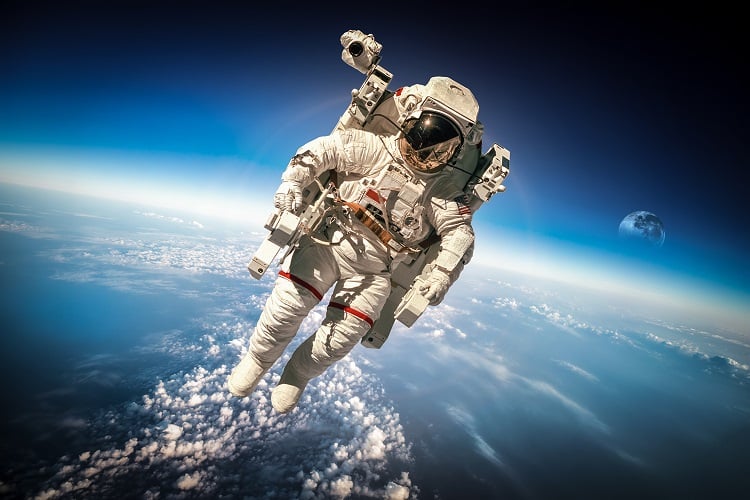Becoming an astronaut is not a typical profession where students earn a degree, graduate and find a suitable job. Astronauts are elite members of their fields who go through rigorous screening and training before they are selected to go into space.
There are 3 different areas of interest for astronauts
Commander/Pilots. Commanders have onboard responsibility for the crew, vehicle, mission and safety. Pilots assist the commander in controls and operation of the vehicle and may assist in deployment and retrieval of satellites or extravehicular activities.
Mission Specialists. Those in this profession work with the pilot and commander in coordinating systems, crew activities and consumable usage. These specialists are trained in all onboard operations and systems for each experiment conducted in space. They perform space walks and operate the remote manipulator system.
Payload Specialists. This category includes people other than NASA astronauts who have specialized duties. The may be added on missions that have unique experiments or to fit the minimum crew size of 5.
Education Required to Become an Astronaut
Astronauts are required to have a master’s degree or PhD in engineering, physics, biology or mathematics. As well as, 1,000 hours of pilot-in-command time in jet aircraft or three years of “related, progressively responsible, professional experience.”
Physical and Psychological Requirements
NASA requires candidates to:
- Have 20/20 vision
- Blood pressure measuring no more than 140/90 in a sitting position
- Height between 62 and 75 inches
- Be citizens of the U.S.
- Pass a physical test similar to military or civilian flight physicals
Psychological requirements involve multiple interviews to determine if a candidate is mentally able to work as an astronaut, as well as measure their ability to work in a group and be flexible in tough situations.
Basic Training for Astronauts
Once selected based on the above requirements, candidates are not considered astronauts until they complete two years of basic training. Students go through basic classroom learning about the space station and space flight. All candidates become certified in scuba diving and military water survival. They also undergo exposure to high and low atmospheric pressure, swimming tests and flights in the “vomit comet.”
After graduation, astronauts may not be assigned to a flight for a few years. Often, they back up other astronauts in Mission control, doing simulated space walks and acquiring other skills for use in space.
Once selected for a flight, training for the mission takes two or more years. This includes reading, classroom training and many simulations. This training occurs around the world with both crewmates and solo flights. They practice food prep, equipment storage, operations, trash management and camera use.
Missions usually take about six months on the International Space Station but some astronauts are now being assigned to a year-long mission to study more about the human body and how it is affected by long periods in space.

